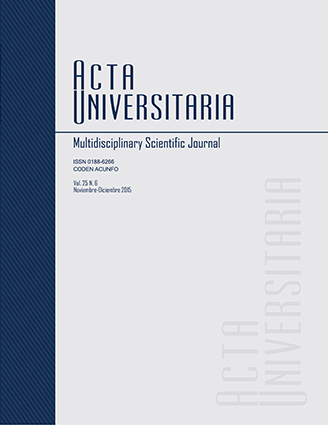Transition from biomass to LP gas in southern Mexico, an opportunity for climate change mitigation in the least developed region in the country
Published 2015-12-15
Keywords
- Energy transition,
- climate change,
- energy policy.
- Transición energética,
- cambio climático,
- política energética.
How to Cite
Abstract
Between 25% and 55% of households in southern Mexico depend on biomass for cooking, which carries serious consequences on the environment, development and health. In spite of the knowledge of these consequences, transition from biomass to modern fuels has remained outside energy and development policies. In the present work, after describing the panorama of fuelwood use in the country and its importance as an energy source, an approach is presented for estimating CO2 savings achievable by transition to pressurized liquefied gas (LP). These savings can reach 3.14 Mt CO2e, 26% less than the baseline scenario. At the end we discuss on the transition to modern fuels in Mexico, the barriers that hinder it and the achievements and failures of the distribution of fuelwood saving cookstoves, as the only and most important governmental initiative to alleviate biomass use, comparing it with other priorities in the government's agenda.
References
Secretaría de Energía (Sener) (2003). Balance nacional de energía 2002. México: Sener.
Secretaría de Energía (Sener) (2011). Balance nacional de energía 2010.México: Sener.
Secretaría de Energía (Sener) (2013b). Estrategia nacional de energía. México: Sener.
Sheinbaum-Pardo, C., & Ruiz, B. (2012). Energy context in Latin America. Energy, 40(1), 39-46.

